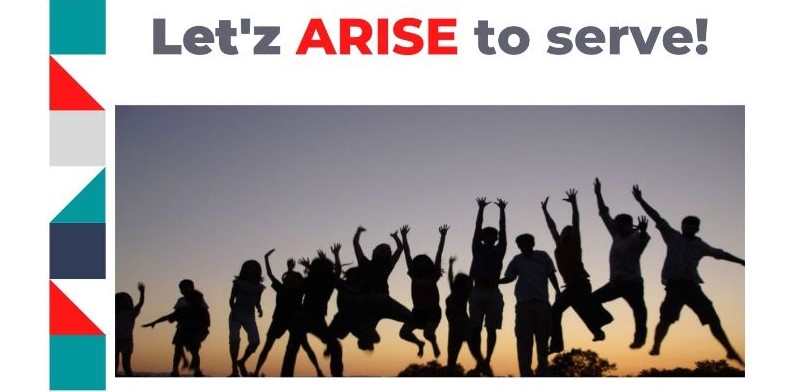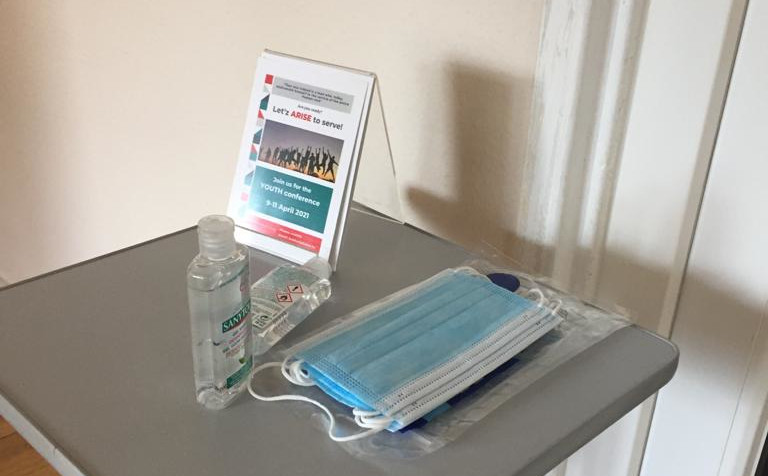Bahá’í Youth conference of Spring 2021

“The period of youth is characterized by strength and vigour and stands out as the choicest time in human life.” Abdul Bahá, Bahá’í Prayers and Tablets for Children
The period of youth is characterized by strength, vigor, enthusiasm, a thirst for knowledge and a desire for justice. Young people have been and are at the forefront of movements to create social change.
However, it is also true that many youth feel disconnected from their social environments – be it their families, school or neighborhoods – and do not feel empowered to participate and contribute to the life of society.
Youth have a special opportunity to contribute to the progress of their communities and can shape the direction for their adulthood. They are society’s future leaders and decision-makers. Because they are also the ones who witness and experience consequences of social problems (violence, unemployment, consumerism or environmental issues) they can offer unique perspectives as active protagonists and are thus key in transforming society.
Many people perceive adolescents as teenagers full of confusion and crises or not mature enough to understand complex problems. Often, youth is understood to be a time to pursue pleasure where responsibility should be delayed to later years. Instead, Baha’is understand adolescents as being selfless young people with “an acute sense of justice, eagerness to learn about the universe and a desire to contribute to the construction of a better world”.
In this spirit of social transformation, the Bahá’í community organized a youth conference that was held from April 9th to April 11th, animated by tutors with workshops, games and arts. The event was held partly over Zoom, and partly at the Bahá’í center, respecting the sanitary measures in place at that time.
The main topics handled at the youth conference were :
- What makes adolescence so special?
- What are the positive or negative forces operating in the environments in which the youth interact with others? How can the various ways in which these spaces influence youth be described?
- Can these positive and negative forces have an even greater hold on young adolescents aged between 12 and 15 years? In thinking about them, how they are affected by these forces and what are the patterns of behaviour they can give rise to?
- Imagine creating an environment of mutual support based on a vision of large numbers of youth who as true friends work together to transform their community. How would one go about fulfilling such a vision in your cluster or community? How important would conversations among the youth be, and what would be its purpose and content?
During these 3 days, around 30 adolescents from diverse linguistic, cultural or religious backgrounds engaged in vivid exchanges, organized in groups that correspond to their respective age group. Many new horizons were opened, friendships started, and energies channeled.
Many of these adolescents will engage in the study groups organized by the Bahá’í community – study groups that help adolescents recognize their potential and intellectual capacities, and direct their newly acquired abilities towards selfless service to humanity.
If you are interested in knowing more about what the Bahá’í community can offer to the youth, please contact opa@bahai.lu.



